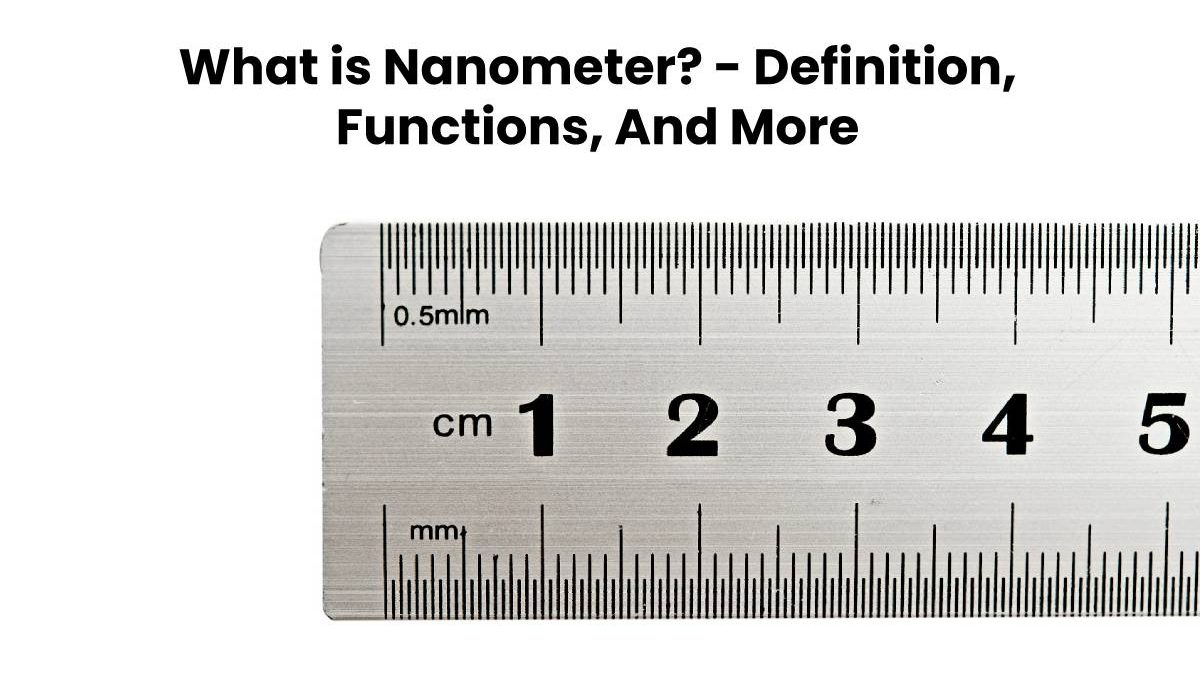Definition Nanometer
A nanometer is a measure of length whose symbol is nm. It is a unit equivalent to one billionth of a meter.
If we divide 1 meter into 1000 million, therefore, each part obtained is equivalent to 1 nanometer (1 nm). A nanometer is also equal to the millionth fraction of a millimeter.
The concept of a nanometer refers to tiny elements. Its use is frequent in the field of information and communication technologies, for example, to refer to the different generations of semiconductors.
Each generation of computer processor presents several improvements for the previous one. Such as new instructions, higher performance, and a smaller transistor size, the most important and small part of any electronic device. Since it can present two states, which usually symbolize 0 and 1, the transistor can emulate the primary way in which a bit behaves, allowing or preventing energy from passing.
With a minimum of one transistor, it is possible to develop a logical door to perform mathematical operations of low complexity. With one or more of these logic gates, specific necessary procedures can emulate the instructions of the so-called machine language. The code system that the processor can interpret directly.
Due to advances in technology, large companies can reduce the size of transistors to levels that, at the beginning of computing. Would have been impossible to imagine. Every certain number of years, we see that this value in nanometers is getting smaller: 65, 45, 32, 22, 14 As it gets smaller, it also increases its performance. Since it uses less electrical energy to meet the same tasks.
Functions of Nanometer
Nanometer Nanotechnology works with materials that measure in nanometers. Molecular biology and organic chemistry are two disciplines linked to nanotechnology.
The particles measured in nanometers are fundamental in biology and medicine. The lungs, filter particles of at least two hundred nanometers; if they are smaller, they can move through the body and generate various damages. A person’s hair, on the other hand, has a diameter of no more than 80,000 nanometers.
Wavelength measurement is also in nanometers. It is relevant to mention that the light visible to humans has a wavelength between approximately 400 and 700 nanometers.
The eye of a subject can perceive the waves that, in the electromagnetic spectrum, have a length in the mentioned range. If the length is shorter or longer, it is unable to detect the wave.

